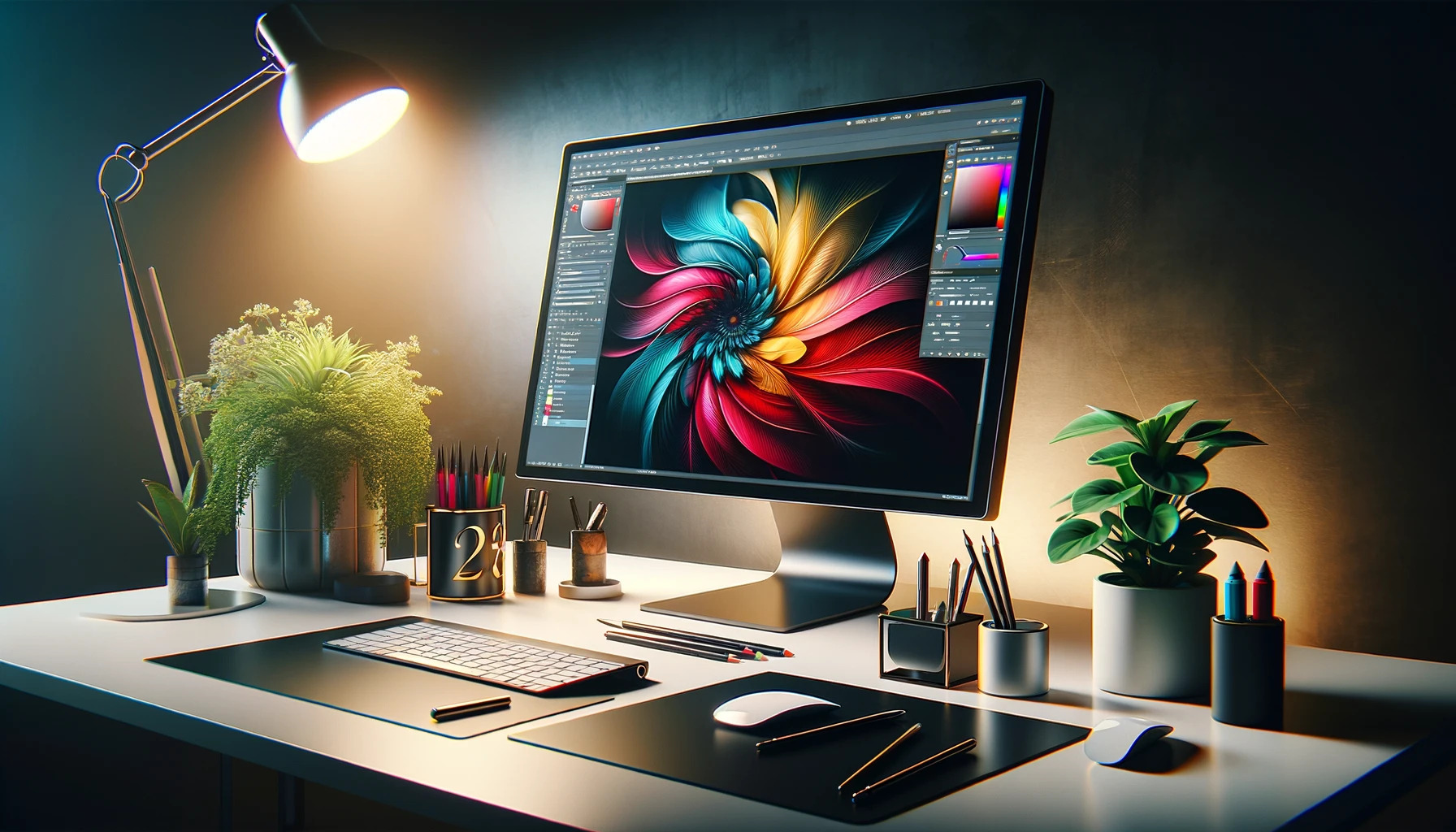Choosing the Right Image Format for Upscale Web Design
By Terry
Published March 5, 2024
 Choosing the Right Image Format for Upscale Web Design
Choosing the Right Image Format for Upscale Web Design
In the vibrant world of web design, upscale image quality plays a pivotal role in crafting visually stunning websites that captivate users. Given the plethora of image formats available, selecting the most suitable one is crucial for upscaling images for web design. This decision impacts not only the aesthetic appeal but also the performance and user experience of a website. This article dives into the essentials of choosing the right image format to elevate your web design projects.
Understanding Image Formats
Before delving into the specifics, let's understand the primary image formats used in web design:
- JPEG (Joint Photographic Experts Group): Known for its efficient compression, JPEG is ideal for photographs and realistic paintings where fine, smooth details are important.
- PNG (Portable Network Graphics): Offers lossless compression and supports transparency, making it perfect for logos, icons, and images requiring crisp edges.
- GIF (Graphics Interchange Format): Best suited for simple animations and images with limited color palettes.
- WebP: A modern format that provides superior lossless and lossy compression, making it a versatile choice for a wide range of web images.
- SVG (Scalable Vector Graphics): Ideal for illustrations, logos, and any graphic that needs to scale without losing quality.
Each format comes with its own set of advantages and use cases. The choice depends on the specific needs of your web design project, such as image quality, file size, and transparency requirements.
Choosing the Right Format for Upscale Web Design
1. Consider the Image Content
- Photographs and Detailed Images: JPEG or WebP are your best bets for these types of images. They provide the right balance between file size and quality, ensuring that your upscale images look sharp without unnecessarily slowing down your website.
- Graphics with Transparent Backgrounds: PNG or WebP formats excel here. They maintain the clarity of the image edges and allow for seamless integration with the website's design.
- Vector Images and Icons: SVG is the go-to format. Its scalability ensures that your designs look crisp at any screen resolution, essential for upscale web design.
2. Factor in Performance and Speed
Web performance is a critical consideration. WebP often offers the best compromise between quality and file size, potentially boosting your website's loading speed without sacrificing visual fidelity. Tools like Google's PageSpeed Insights can guide you on how well your chosen formats perform under real-world conditions.
3. Support and Compatibility
Ensure the image formats you choose are supported across all major browsers and devices your audience uses. While modern formats like WebP offer many advantages, not all browsers support them fully. A fallback strategy using JPEG or PNG can ensure wider compatibility.
4. SEO and Accessibility
Optimized images contribute significantly to SEO and accessibility. Alt text and file names should reflect the content of the image and include relevant keywords without over-optimization. This practice helps search engines understand your images better, improving your site's SEO.
Best Practices for Upscaling Images for Web Design
- Use High-Quality Source Images: The quality of the upscale depends largely on the original image. Start with the highest quality source you have.
- Optimize for Mobile: With the increasing prevalence of mobile browsing, ensure your images are responsive and look great on all screen sizes.
- Test Different Formats: Experiment with various formats for the same image to find the perfect balance between quality and performance for your specific needs.
- Leverage Compression Tools: Tools like TinyPNG or Squoosh can further reduce file sizes without a noticeable loss in quality, making your upscale web design both beautiful and fast.
Conclusion
Selecting the appropriate image format is essential, not only for adhering to web design principles for image quality but also for enhancing website visuals with upscaled images. This critical choice directly influences your project's aesthetic excellence and operational efficiency. By integrating high-quality, appropriately formatted images, you can significantly amplify your website's appeal and performance. Moreover, the SEO benefits of high-quality images in web design cannot be overstated. They play a pivotal role in improving your site's search engine ranking by making your content more engaging and accessible. Ultimately, the right balance between image quality and website functionality can set your web design project apart, ensuring a visually stunning and highly performant online presence.